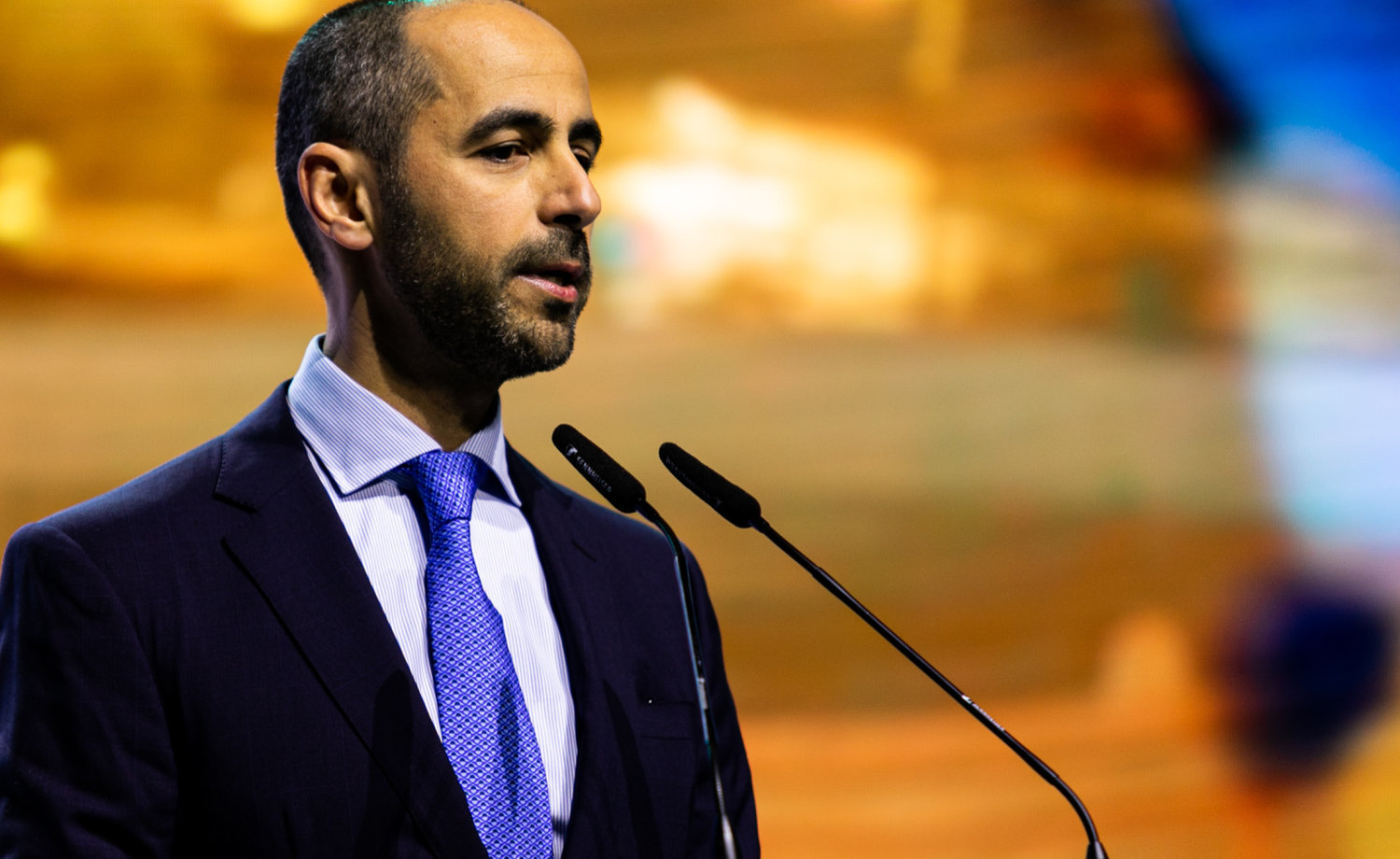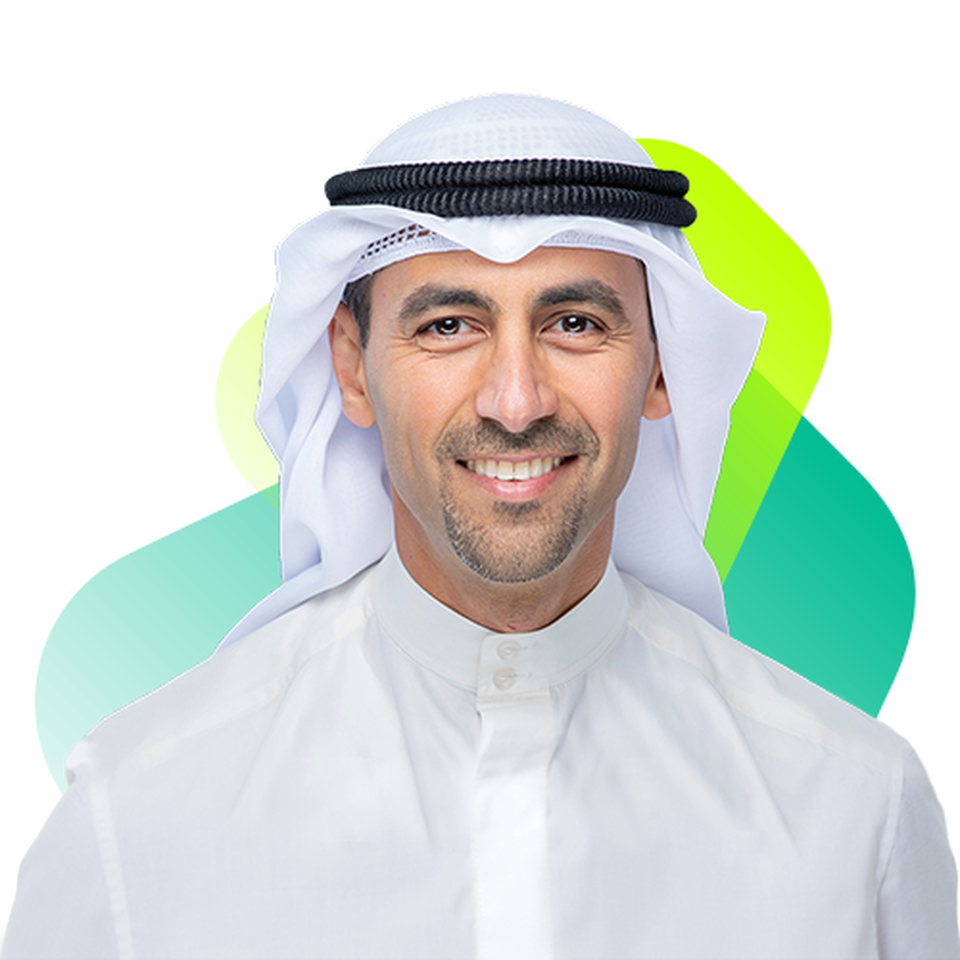Meeting Energy Growth and Sustainability Targets in Kuwait

If I can leave you with one key takeaway phrase, a maxim that most politicians ignored, it is that this is an energy transition and not an energy switch
After recapping some of the major market milestones that have brought us to the current energy crisis, H.E. Al Sabah said that we must be flexible during this transition because we will need every type of fuel to power life in the future.
While KPC is proud to have the lowest carbon cost barrel in the world, he said it is fully aware of the challenges ahead. Kuwait has been blessed with immense hydrocarbon resources and geology perfectly suited to production, but its fields are aging. As KPC moves from primary production, or “easy oil,” to secondary
and ultimately tertiary production, greater stimulation requirements will be significantly more energy-intensive than the company’s techniques to date.
He outlined the three ways they are tackling this challenge:
Developing additional energy sources, primarily the Sidrah 500 Power Project is a 10 MW photovoltaic solar facility that powers the electric submersible pumps needed in secondary production at the Umm Gudair Field. To expand this pilot project across KPC’s other fields, H.E. Al Sabah says collaboration is needed with technology providers and service companies.
Reducing the greenhouse gas content of its products with its Clean Fuels Project that launched last year. It is now commissioning a new 615,000 BPD refinery that will provide ultralow sulfur fuel. He says these projects will meet Euro 5 standards while reducing carbon emissions and fueling growth for KPC’s European customers.
They are now assessing the results of a carbon capture pilot project using CO2 captured from operations for injection to maintain reservoir pressure. This not only removes carbon from the atmosphere, but it also frees up large quantities of natural gas that would have been used for the same purpose. This natural gas can now be used for petrochemical projects and power generation. Initial results showed that the technology works and that production efficiency is promising. The main
drawback, however, is the expected cost to update and replace surface facilities to handle the extra CO2 that will be produced with oil. By continuing to partner with specialized companies,Shaikh Nawaf is confident that technological advances will quickly reduce these costs to enable a full-scale deployment.
In closing, H.E. Al Sabah said “At KPC, we’re excited to adapt alongside the energy transition to ensure that we remain a clean, safe and reliable partners to our customers throughout the world.”

